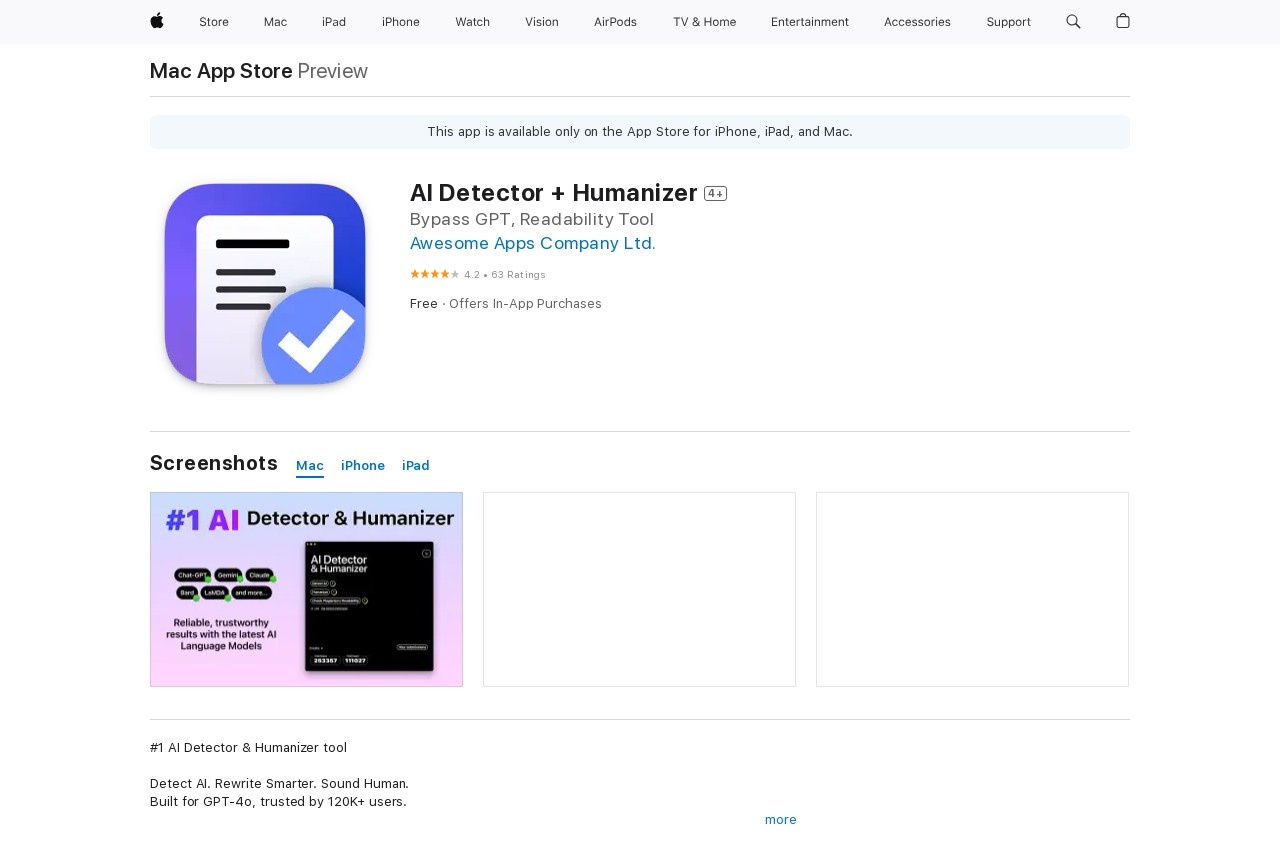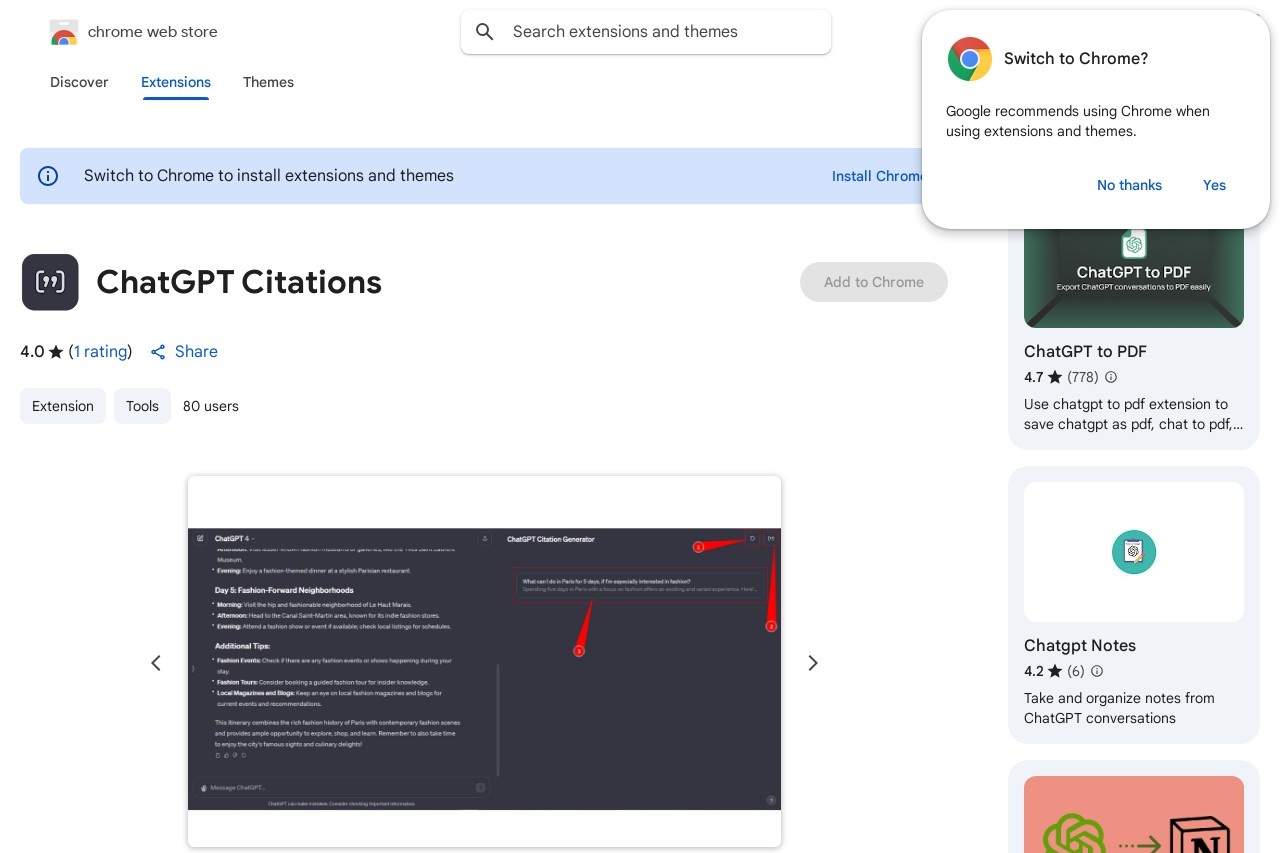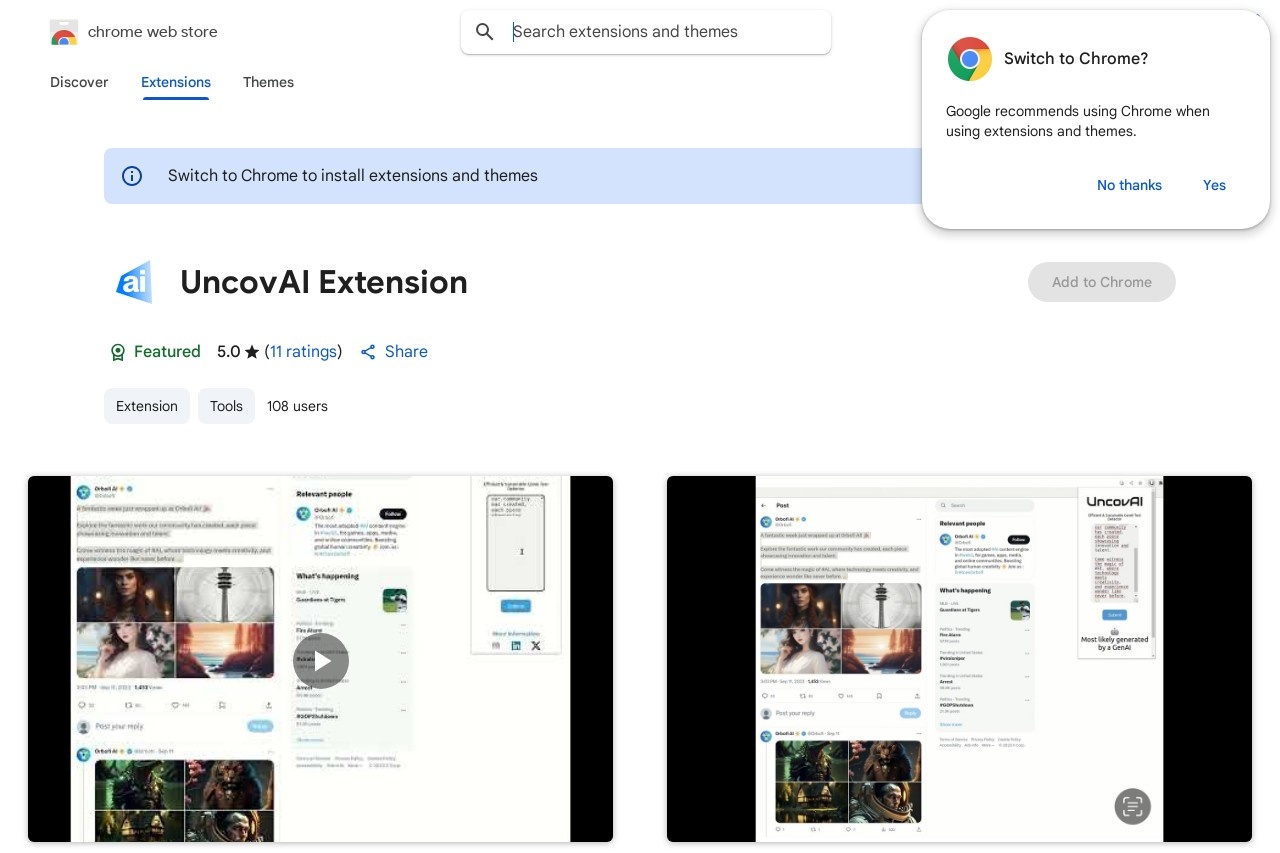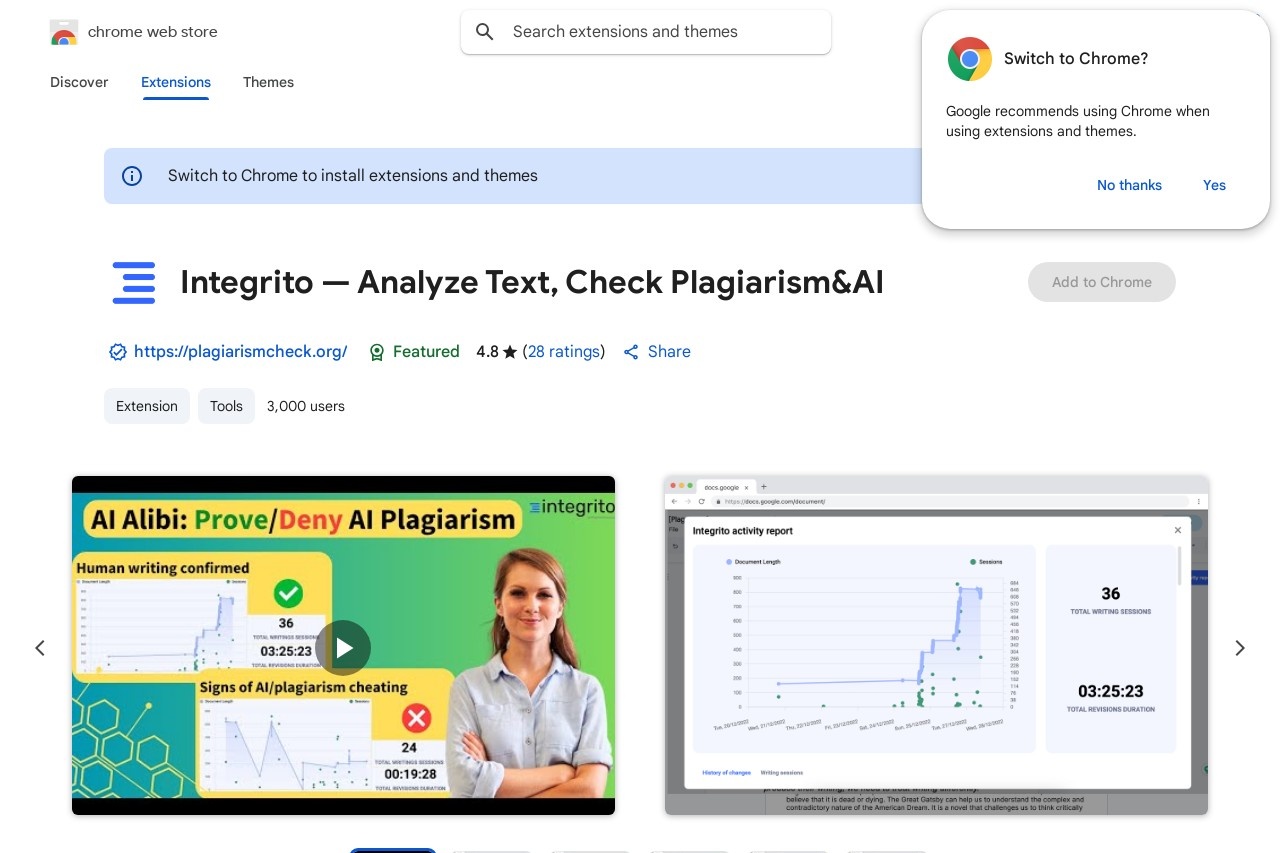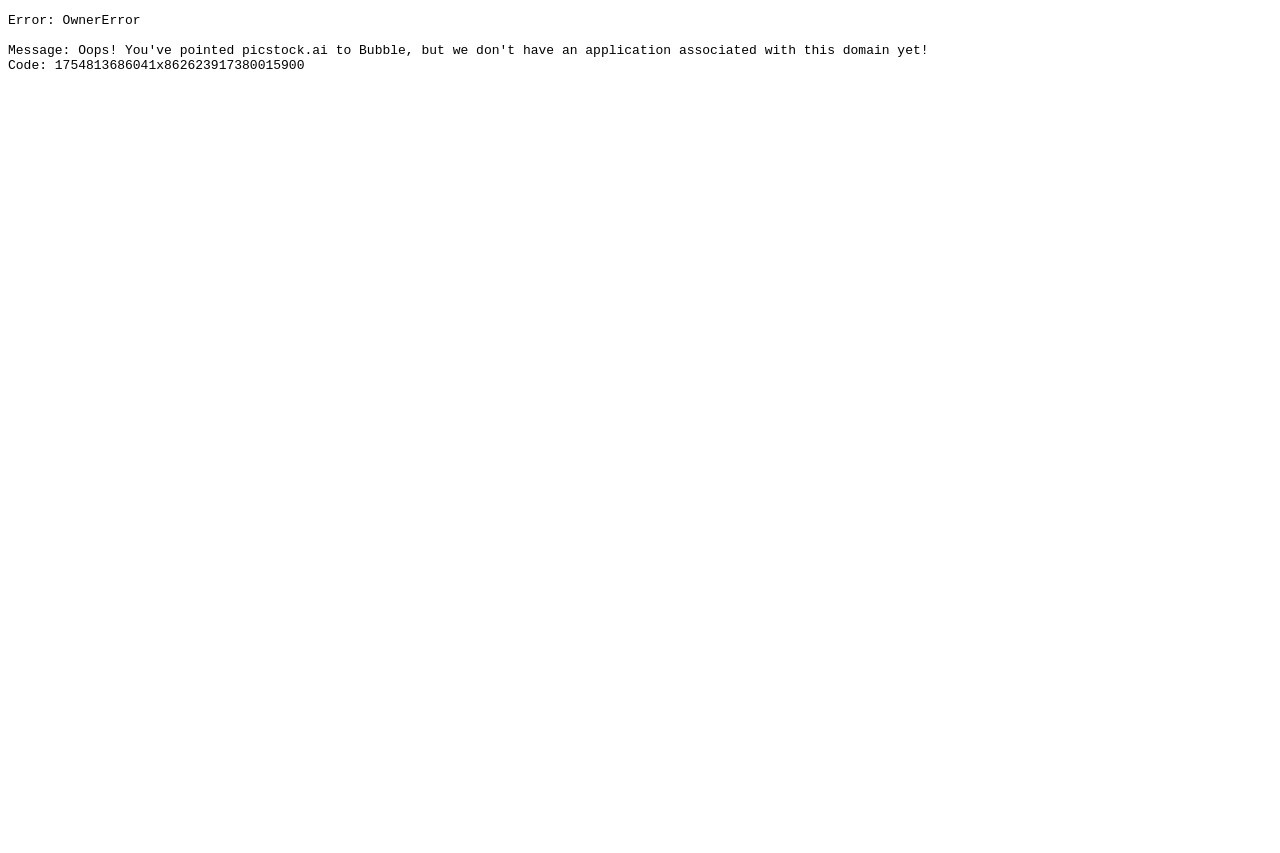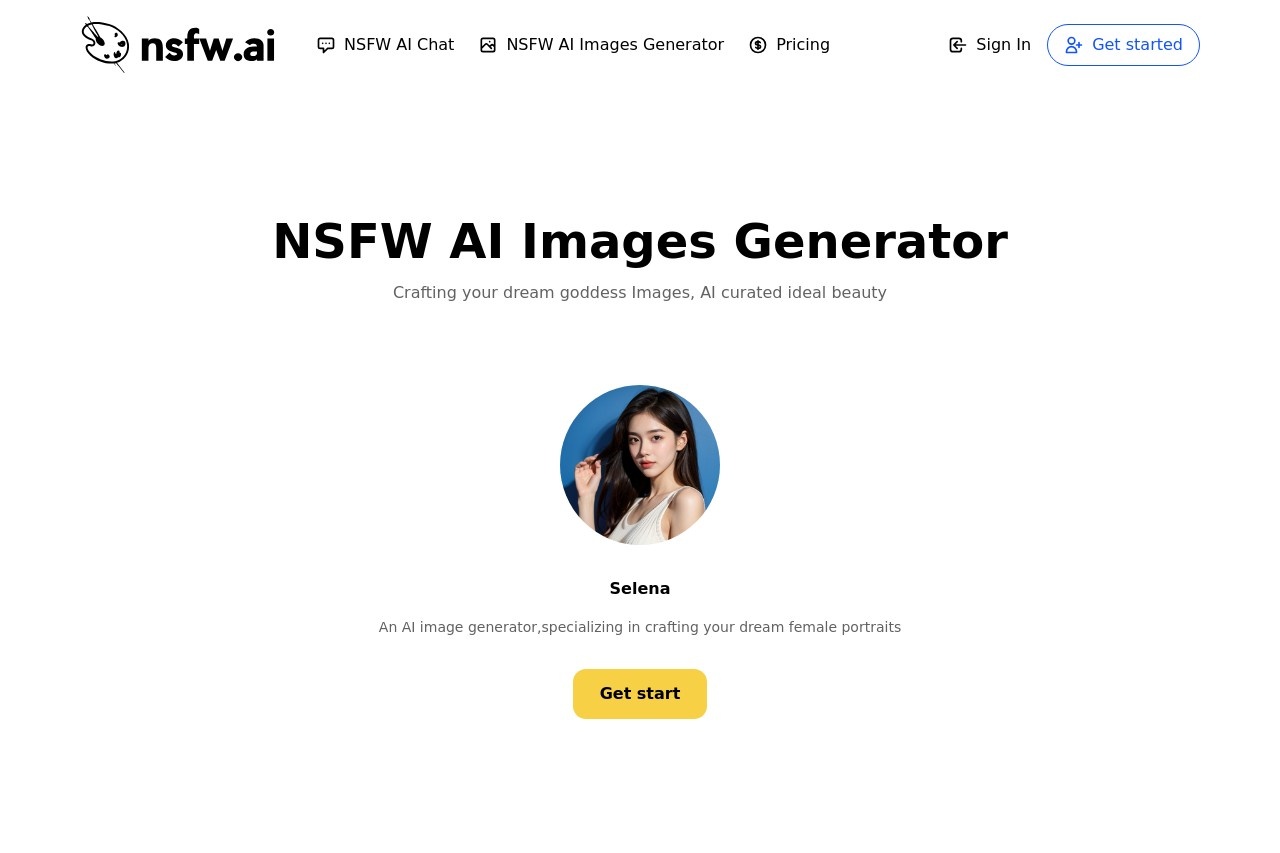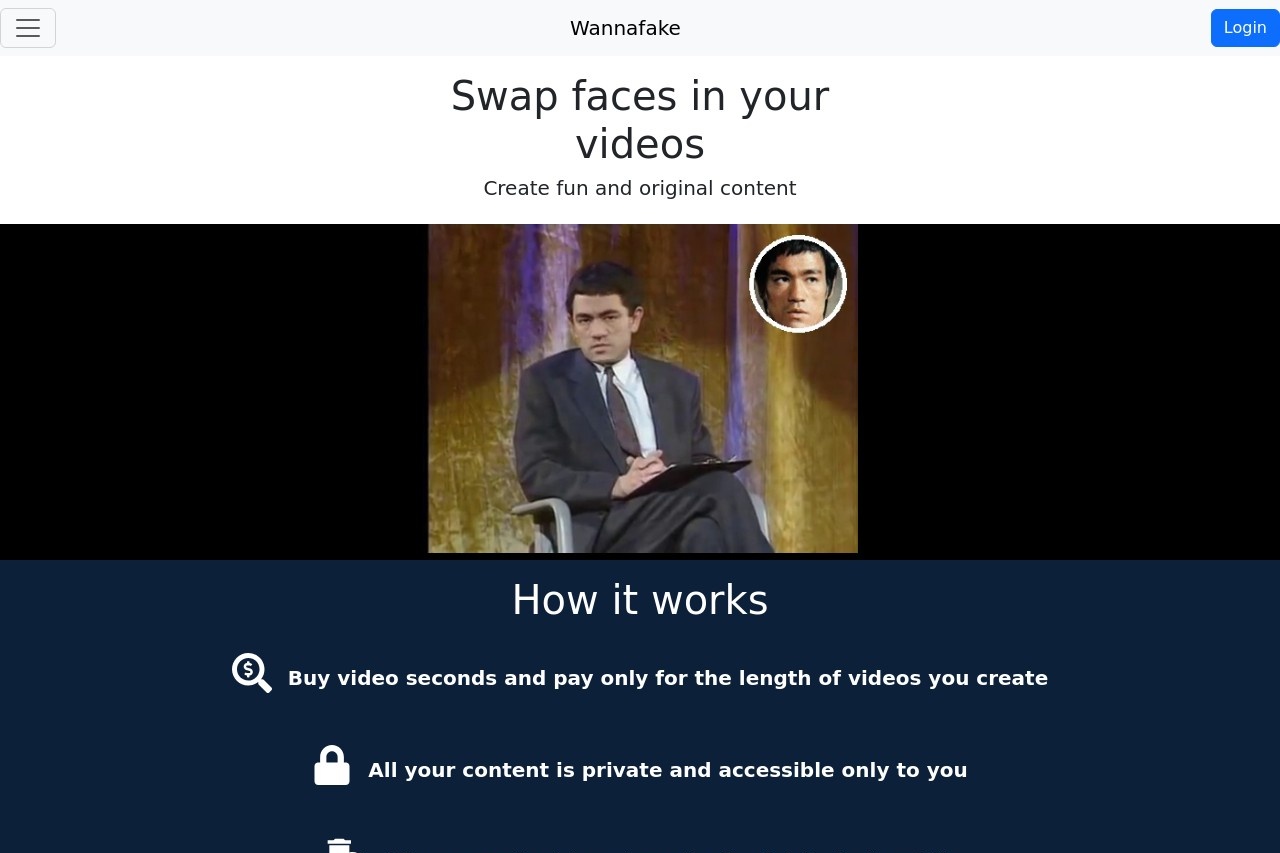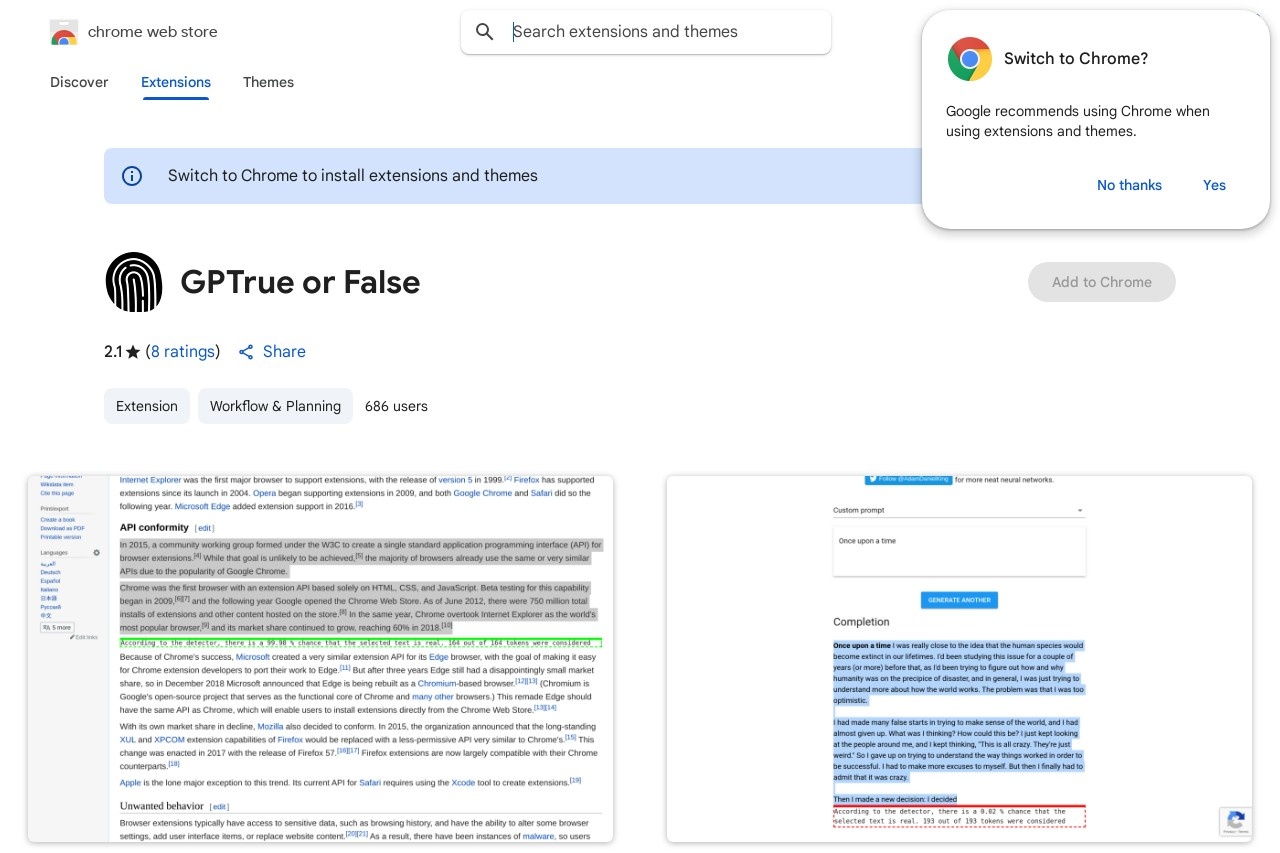
Assesses the probability of text being generated by GPT-2.
GPTrue or False
GPTrue or False
GPTrue or False is a tool designed to assess the probability of a given text being generated by GPT-2, one of OpenAI's earlier language models. As AI-generated content becomes more prevalent, distinguishing between human-written and machine-generated text has grown increasingly important for applications like content moderation, academic integrity, and cybersecurity.
How It Works
The tool analyzes textual features such as:
- Word choice patterns typical of GPT-2
- Sentence structure and complexity
- Repetition tendencies
- Semantic coherence across longer passages
By comparing these characteristics against known GPT-2 outputs, the system calculates a probability score indicating how likely it is that the text was AI-generated.
Key Applications
- Academic settings: Helping educators identify potential AI-assisted assignments
- Content platforms: Flagging synthetic content for review
- Research: Studying the evolution of language model outputs
- Cybersecurity: Detecting potential AI-generated phishing attempts
Limitations
While useful, GPTrue or False has certain constraints:
- Works best with longer texts (300+ words)
- May produce false positives with highly formulaic human writing
- Primarily optimized for GPT-2 rather than newer models
- Cannot provide definitive proof, only probability estimates
As language models continue advancing, detection tools like GPTrue or False must evolve in parallel to maintain effectiveness. The tool represents an important step in developing transparent AI ecosystems while raising interesting questions about the nature of human versus machine communication.

